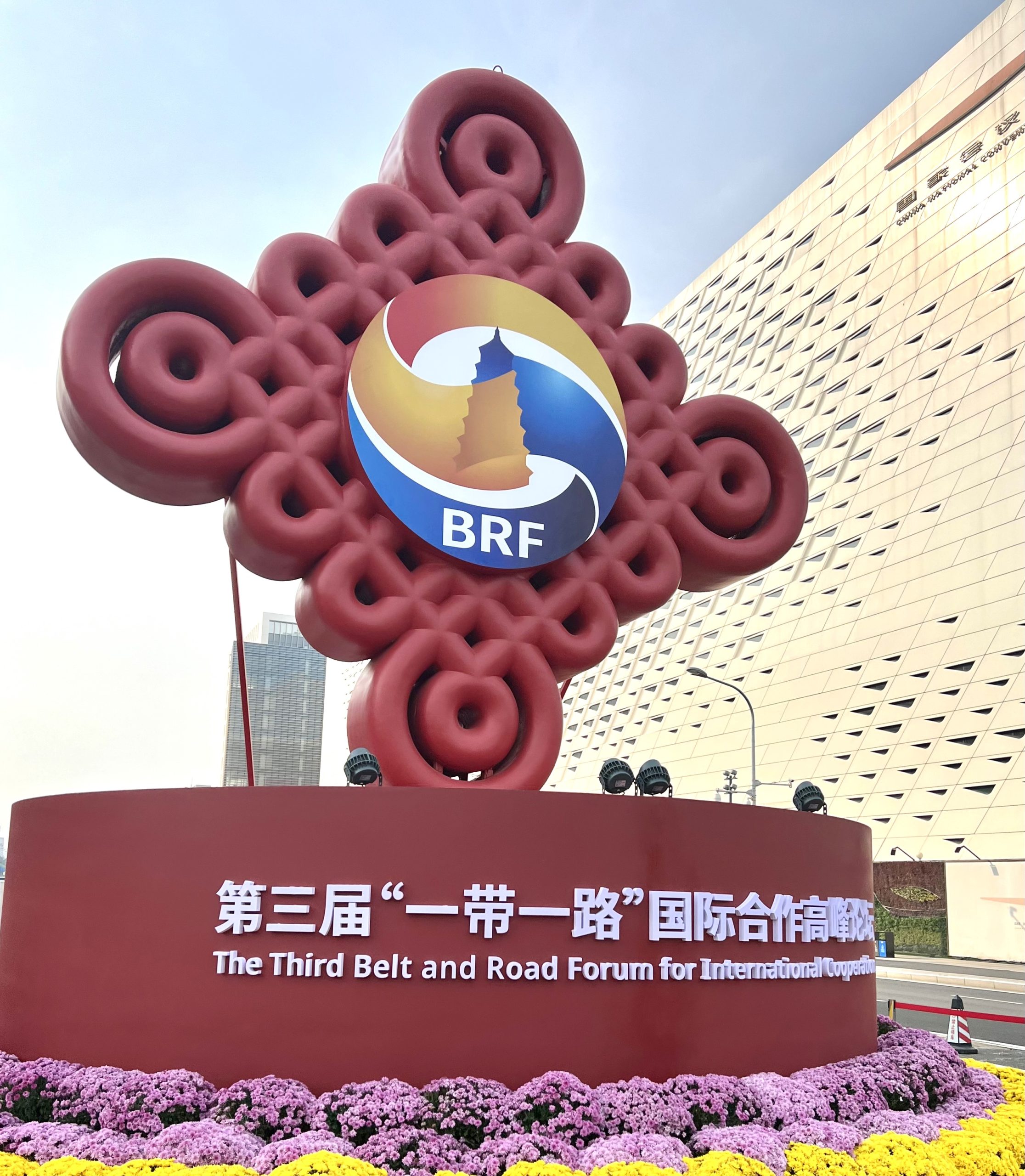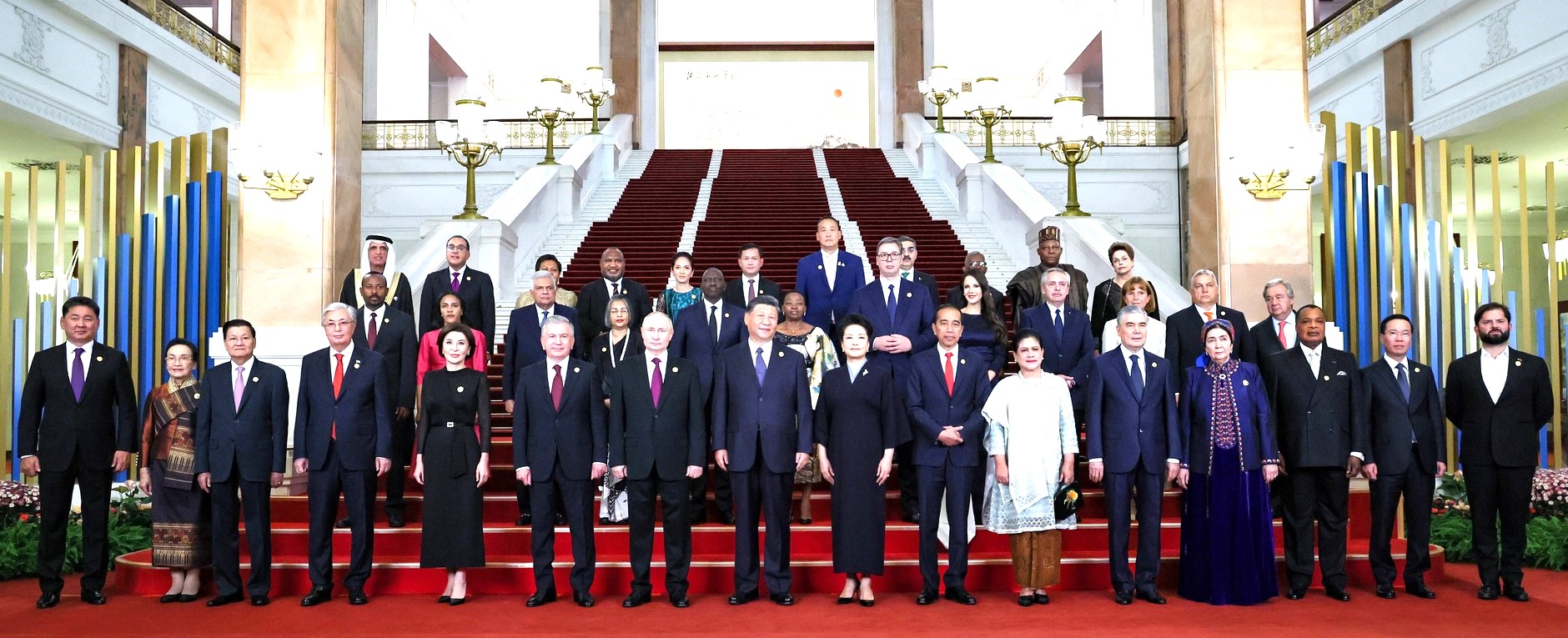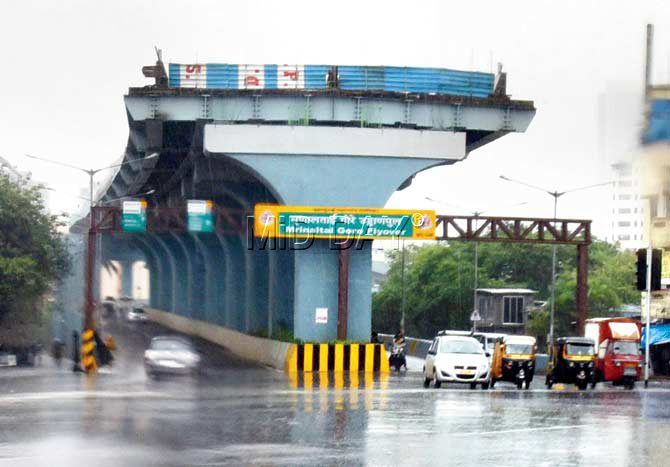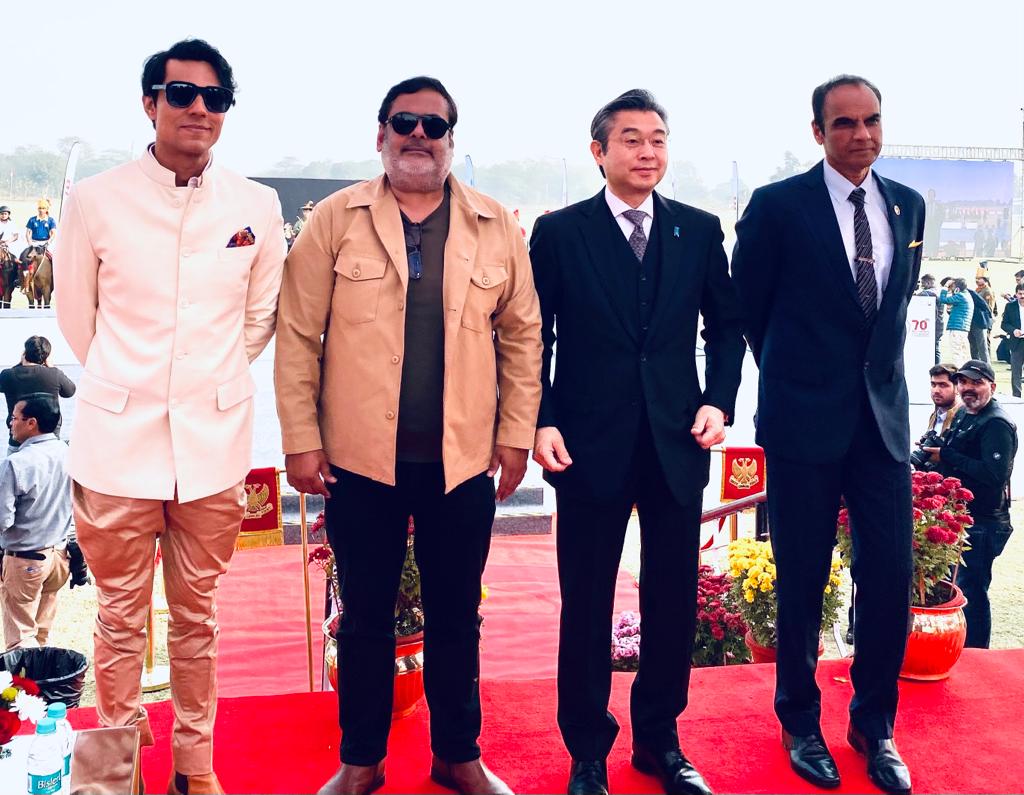By Mewati Sitaram – Beijing
The 3rd Belt and Road Summit, which took place from October 16 to 18, 2023, in Beijing, China, emerged as an unequivocal success, drawing over 3,000 delegates from more than 100 countries. The distinguished assembly included more than fifty heads of state, in excess of a hundred government ministers, and over 500 CEOs.
In his inaugural address, President Xi Jinping underscored the foundational principle of the Belt and Road Initiative (BRI), emphasizing “planning together, building together, and benefiting together.” He emphasized that the BRI transcends differences between civilizations, cultures, social systems, and stages of development. The BRI has indeed charted a new course for global exchanges, establishing a fresh framework for international cooperation. Xi pledged to expedite the high-quality development of the China-Europe Railway Express and, in collaboration with other stakeholders, construct a novel logistics corridor spanning the Eurasian continent via direct railway and road transportation.
Russian President Vladimir Putin lauded the BRI and affirmed its alignment with Russia’s ongoing efforts to develop an extensive network of transport infrastructure that traverses the world’s largest country, notably the Northern Sea Route, extending from Murmansk near Russia’s border with Norway to the Bering Strait near Alaska.
UN Secretary-General Antonio Guterres, during a forum on green development under the third Belt and Road Forum for International Cooperation, noted that projects under the BRI have brought about transformative changes and contributed to improved livelihoods worldwide. He remarked that the scale, number, and scope of BRI projects and investments have the potential to reshape landscapes, economies, energy systems, transportation, construction, and entire industries.
Cambodian Prime Minister Hun Manet applauded the BRI for its role in connecting the world to achieve common prosperity, facilitating both people-to-people bonds and infrastructure development.
President of the Republic of the Congo, Denis Sassou Nguesso, lauded the significant improvements brought about by the Belt and Road Initiative (BRI) in the African continent’s infrastructure. He acknowledged the BRI’s role in promoting the construction of the African continent’s free trade area.

BRF logo (Photo Mewati Sitaram)
Reflecting on the BRI’s 10-Year Journey
The BRI journey commenced in 2013 when Chinese President Xi Jinping introduced this far-reaching infrastructure and investment program. The BRI was conceived to strengthen connections between China and the rest of the world. A decade later, it stands as one of the most ambitious global development endeavours in history. As we cast our gaze toward the future, the BRI shows no signs of waning; rather, it is set to evolve further, with a pronounced emphasis on sustainability, transparency, and inclusivity. Moreover, digital connectivity and the digital Silk Road are emerging as pivotal components of the BRI, poised to reshape global trade and communication.
In a world increasingly characterized by globalization, the BRI emerged as a response to the growing need for enhanced infrastructure, amplified trade, and strengthened economic cooperation. This vast initiative spans more than 70 countries across Asia, Europe, and Africa, designed to weave a tapestry of infrastructure, trade routes, and collaborative partnerships, fostering development and cooperation among participating nations.
A hallmark feature of the BRI has been its unwavering focus on infrastructure development. The initiative has fostered a vast network of roads, railways, ports, and digital infrastructure. From the China-Pakistan Economic Corridor (CPEC) to the Trans-Siberian Railway and the Eurasian Land Bridge, these infrastructure projects have played a pivotal role in facilitating trade and connecting regions. Beyond job creation, these projects have acted as catalysts for economic growth in participating countries.
Over the past decade, this audacious global development endeavour has reshaped economies, constructed vital infrastructure, and enhanced connectivity across regions and nations. As we reflect on the trajectory of the BRI, we gain a profound appreciation of its profound impact on participating countries and the wider international community.
The BRI has celebrated several remarkable achievements in its first decade, including:
Increased trade and investment: The BRI has significantly bolstered trade and investment between China and BRI countries. Between 2013 and 2022, China’s trade with BRI nations grew at an average annual rate of 7.5%.
Enhanced infrastructure: The BRI has financed a broad spectrum of infrastructure projects, encompassing roads, railways, ports, and power plants. These ventures have improved connectivity and curtailed transportation costs in many BRI countries.
Economic growth: The BRI has been a catalyst for economic growth in numerous BRI countries. A World Bank study revealed that the BRI could potentially boost global trade by 6.2% and global income by 2.9%.
In recent years, there has been a palpable shift toward sustainability within the BRI. Many countries have integrated eco-friendly and sustainable development practices into their projects, underscoring the significance of minimizing environmental impacts. Concurrently, inclusivity has ascended as a top priority, guaranteeing that the BRI extends benefits to all participating nations, irrespective of their size or level of development.
The BRI is poised to persist as a significant force in global development in the years ahead. The Chinese government has pledged continued investment in the BRI, and many nations are eager to partake in this initiative. Nonetheless, the BRI must grapple with its challenges to ensure long-term success.
The Belt and Road Initiative has indelibly reshaped the international landscape over the past decade. It has invigorated economies, fostered opportunities, and intertwined nations. While obstacles persist, the vision of the initiative to promote cooperation and development among nations is a praiseworthy one. As it embarks on its second decade, the BRI holds the potential to make an even more substantial contribution to the global community’s welfare. Its sustained success hinges on the commitment of participating nations and their ability to surmount challenges, promote transparency, and champion sustainable development. The BRI remains a testament to the power of global collaboration and the potential for a more interconnected world.

Editor in Chief : Mewati SItaram










